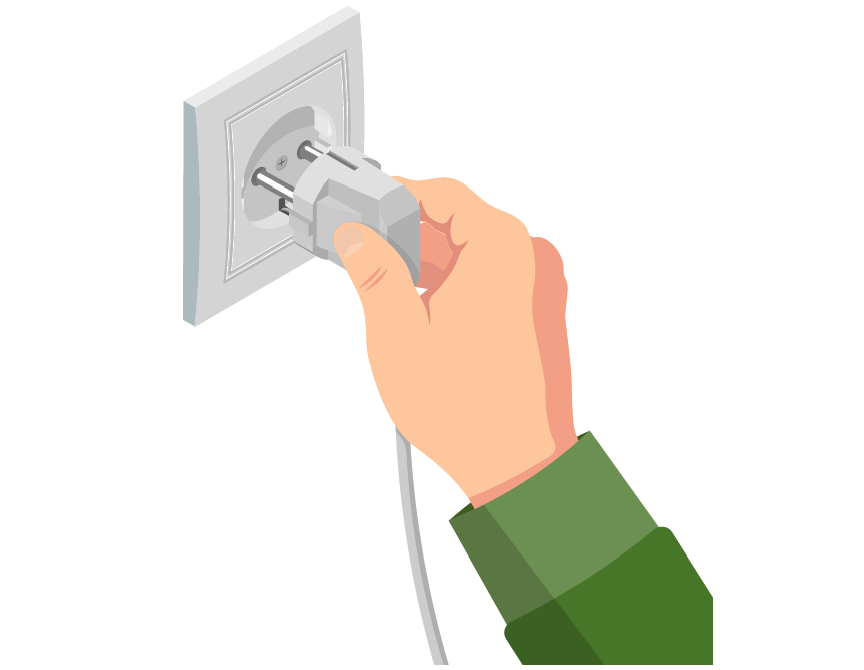Immediate Discounts on Products

In today’s competitive market, consumers are always on the lookout for the best deals. Whether it’s through seasonal sales, holiday promotions, or simply clearance events, discounts can significantly affect purchase decisions. This article will explore the importance of immediate discounts on products, how they can benefit both consumers and businesses, and strategies that retailers can employ to maximize their impact.
The Psychology Behind Discounts
The appeal of discounts is more than just financial savings; it taps into psychological triggers. Studies show that consumers feel a sense of urgency when they perceive a limited-time offer. This phenomenon, known as scarcity, can drive immediate purchasing decisions.
Creating a Sense of Urgency
- Limited Time Offers: Promotions that last only for a few hours or days can encourage quick purchasing actions.
- Exclusive Discounts: Offering deals to a selective group of customers, such as newsletter subscribers, can increase their perceived value.
- Countdown Timers: Displaying a timer beside a discount offer can visually remind consumers that time is running out.
Impact of Discounts on Buying Behavior
Discounts can alter consumer buying behavior in various ways:
- Increased Foot Traffic: Retailers often see a spike in store visits when discounts are advertised.
- Encouragement of Bulk Purchases: Consumers often buy more when discounts are applied to multiple quantities.
- Brand Loyalty: Consistent discounts can help build loyalty among customers who feel they’re getting value for their money.
Types of Discounts Available
Understanding the various types of discounts available can help businesses cater to a wider audience.
Percentage Discounts
These common discounts provide a straightforward percentage off the total price, attracting customers looking for tangible savings.
Buy One Get One Free (BOGO)
BOGO offers encourage customers to purchase more than they originally intended, improving the average transaction value.
Clearance Sales
Marking down old stock is an effective way for retailers to make space for new inventory, and it appeals to bargain hunters.
Implementing Discount Strategies Effectively
To maximize the effectiveness of discounts, retailers need to implement well-thought-out strategies.
Targeted Marketing Campaigns
Using data analytics, businesses can identify which segments of the market are more likely to respond to specific discounts and tailor their campaigns accordingly.
Promoting Across Multiple Channels
Utilizing various platforms for promotion—such as social media, email marketing, and in-store signage—can help reach a broader audience.
Feedback Loop and Adjustments
By collecting customer feedback on discount campaigns, businesses can fine-tune their strategies for future promotions.
Analyzing the Results of Discount Campaigns
After a discount campaign concludes, it’s crucial to analyze its success and gather insights for future efforts.
Sales Metrics
- Total Sales Volume: Comparing sales before and after a discount can highlight effectiveness.
- Customer Acquisition: Identifying how many new customers were gained during the promotion can indicate success.
- Stock Turnover Rates: Evaluating which products sold the most during discounts can inform future inventory decisions.
Consumer Feedback
Surveys and reviews can provide valuable insights into how customers perceive the discounts and what could be improved.
Conclusion
Immediate discounts on products serve as a vital tool for driving sales and engaging with customers. By understanding the psychological impacts of discounting, implementing various strategies, and analyzing the results, retailers can greatly benefit from these promotions. With the right approach, immediate discounts not only enhance consumer satisfaction but also contribute positively to a business’s bottom line.
For more information and tips about effective discount strategies, you can read our extended articles on discount practices and sales psychology.
